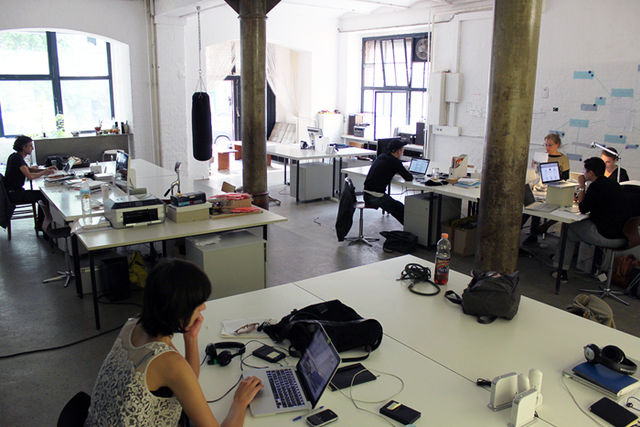Introduction
Introducing our expert contributor, Sarah Mitchell, an urban planner with a passion for sustainable community development. With a Master’s in Urban Studies and a decade of experience, Sarah is your trusted source for insights into the rising future of suburban co-working. In this article, she guides you through the transformative shift in workspace dynamics, focusing on the advantages and opportunities presented by co-working in suburban areas.
Table of Contents
- The Evolving Workspace Landscape
- Suburban Co-Working: A Concept Redefined
- The Perks of Suburban Co-Working Spaces
- Choosing the Right Suburban Co-Working Hub
- Case Studies: Success Stories in Suburban Co-Working
- Comparative Table: Urban vs. Suburban Co-Working
- Conclusion: A New Era of Work Awaits
The Evolving Workspace Landscape
In this section, we explore the changing landscape of work and how traditional office spaces are no longer the only option. Sarah Mitchell discusses the shift towards flexible, community-focused workspaces.
Suburban Co-Working: A Concept Redefined
Sarah introduces the concept of suburban co-working and its unique features. She highlights how these spaces are designed to cater to the needs of professionals seeking an alternative to city-based offices.
The Perks of Suburban Co-Working Spaces
This section dives into the benefits of working closer to home. Sarah explores how suburban co-working fosters productivity, enhances work-life balance, and reduces commuting stress.
Choosing the Right Suburban Co-Working Hub
Not all co-working spaces are created equal. Sarah provides valuable advice on selecting the ideal suburban co-working hub, considering factors like location, amenities, and community culture.
Case Studies: Success Stories in Suburban Co-Working
Real-world success stories illustrate the transformative power of suburban co-working. Sarah shares examples of professionals who have thrived in these environments, emphasizing their enhanced quality of life and productivity.

Comparative Table: Urban vs. Suburban Co-Working
| Feature | Urban Co-Working | Suburban Co-Working |
|---|---|---|
| Location | City centers | Residential neighborhoods |
| Commute | Lengthy and congested | Short and stress-free |
| Cost | High rent prices | Competitive and cost-effective |
| Community | Diverse but often transient | Strong local community bonds |
Conclusion: A New Era of Work Awaits
In the concluding section, Sarah Mitchell underscores the transformative potential of suburban co-working future. She emphasizes that this trend isn’t just a response to the challenges posed by urban workplaces; it’s a shift towards a more sustainable, balanced, and fulfilling work-life model. Sarah leaves readers with a call to explore suburban co-working spaces and embrace the future of work that’s closer to home.
In this article, Sarah Mitchell’s expertise and real-world examples provide readers with a comprehensive understanding of the rising trend of suburban co-working. The comparative table offers a visual summary of the key differences, making it easy for professionals to weigh their options. Suburban co-working isn’t just a trend; it’s a paradigm shift that promises a brighter, more balanced future for the modern workforce.



